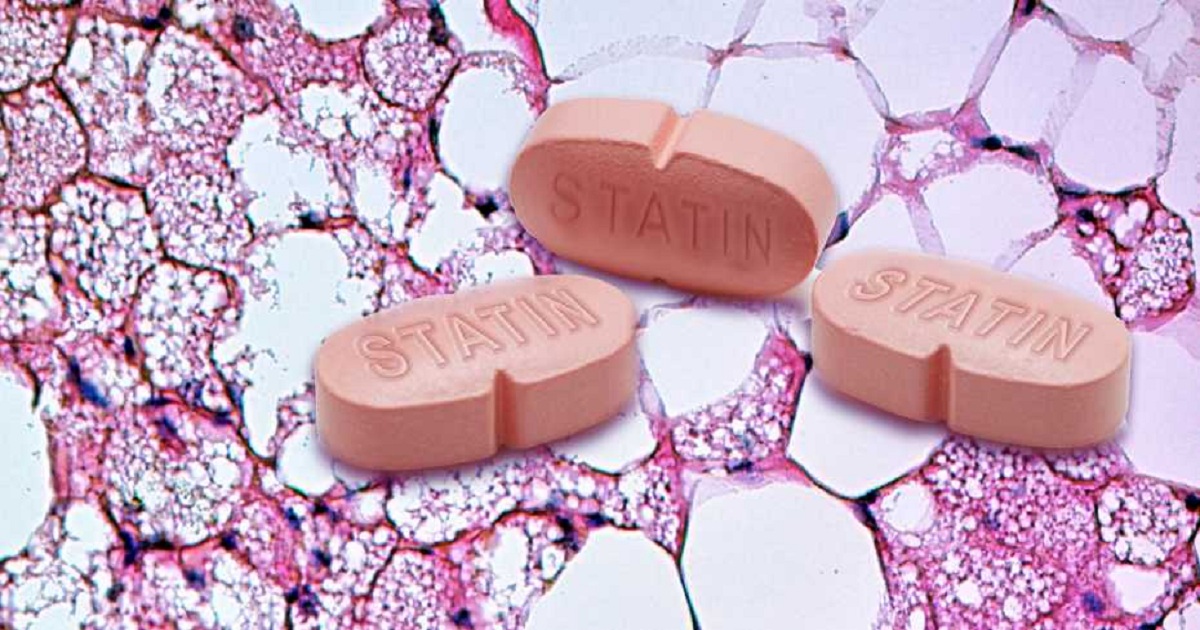Cholesterol-Lowering Drugs Inhibit Brown Fat Activity
Genetic Engineering & Biotechnology News | December 24, 2018

The fat that we accumulate when we put on weight comprises a type of fat tissue known as white adipose tissue (WAT), but another, beneficial type of fat, known as brown adipose tissue (BAT), acts to generate heat and so burn off energy. Although adults tend to have very little BAT, those who do are better at regulating body temperature in the winter, and are less likely to develop diabetes or put on excess weight. An international research team headed by scientists at the ETH Zurich in Switzerland has now discovered that commonly prescribed cholesterol-lowering statin drugs impact on a biochemical pathway that leads to reduced amounts of beneficial BAT in adults. The team’s in vitro work and in vivo studies in mice showed that either genetically or pharmacologically inhibiting the mevalonate pathway acted to reduce brown fat function and the “browning” of white fat cells into beneficial BAT. A retrospective study of imaging data from a cohort of thousands of human patients also suggested that statin use was inversely correlated with active BAT. A subsequent small-scale prospective clinical study in healthy volunteers also found that the statin fluvastatin reduced thermogenic gene expression in human BAT. Further experiments identified geranylgeranyl pyrophosphate, a protein that modulates the activity of small GTPases, as the key molecule in the mevalonate pathway that regulates the fat browning process.